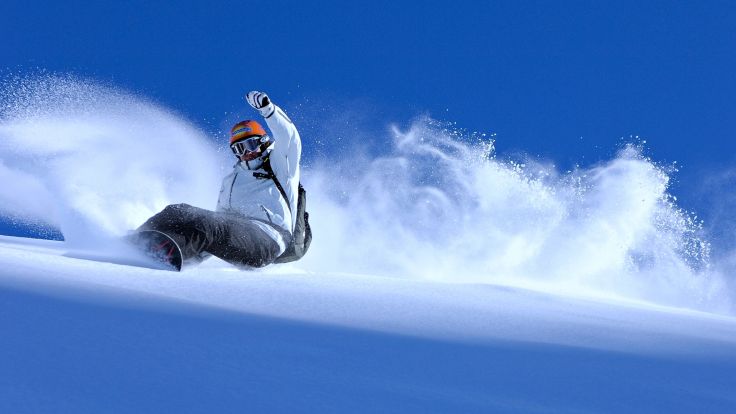Winter Warrior Foot Injuries
by Dr. Rebecca Pruthi on Feb.28, 2014, under Uncategorized

Watching the Winter Olympic games at Sochi, perhaps for some of us, might have been inspiration to get out on the slopes this cold winter season. However, not all of us are trained to know the hazards associated with our favorite winter sports, especially as it relates to our feet and ankles. Here are some ways to protect yourself from injury while enjoying your favorite winter activity:
Ankle sprains/Tendonitis: Skiing, snowboarding, and skating may lead to increased risk for ankle injury. Tendons, ligaments and nerve fibers may all be damaged, which can result in swelling and bruising. Close-fitting ski and skate boots with correctly adjusted bindings (skiing) are helpful in preventing ankle injury. Also, poorly placed blades or blades that are too sharp (especially for beginner skaters) may result in further injury.
Snowboarder’s ankle: This injury, according to current research, is 15 times more likely to occur in snowboarders. This is an ankle fracture (fracture to the lateral talus bone), though it may initially be mistaken for an ankle sprain, therefore it is important to seek medical treatment early to prevent further ankle injury. Small non-displaced fractures may heal with just immobilization, but larger more complicated injuries may require surgery including screws or hardware.
Stress fractures: Stress fractures are common and occur due to chronic overload of stress on the bones of the foot. This is different from a traumatic injury or fall. It can occur when there is a sudden increase in activity, long-term heavy activity or even when doing a simple activity (non-sports related) such as shoveling the snow. If caught early on, these fractures are usually treated by immobilizing with a cast or walking boot.
Prevention
Aside from proper fitting shoes and bindings, other helpful tips:
Warm up muscles: Conditioning our muscles and warming up beforehand may be beneficial. Depending on the sport you choose, there are different stretches. Light jogging, lunges, and squats are good ways to potentially reduce spasms and tears.
Wobble boards are used for helping in proprioception. This is the body’s ability to sense where our limbs and joints are in space. Practice balancing is important, as well as learning how to fall.
Treatment
The mnemonic R-I-C-E: Rest, Ice, Compression, Elevation is often a good place to start. For some common sprains or other mild injuries, this treatment may be sufficient. However, if there is a significant injury, it is important to see a podiatrist or doctor quickly for diagnosis and treatment. Of course, for a fracture or other emergency, go to a hospital as soon as possible. In certain cases, surgery may be necessary.
Finding the Olympian in you may be all you need to get out there. Learning safety and injury prevention will keep you staying active longer, while allowing you to have more fun!
The content provided on this blog by Dr. Pruthi is for general informational purposes only and is not intended as a substitute for professional medical advice, diagnosis or treatment. If you have or suspect you have a medical problem, promptly contact your professional health-care provider.
